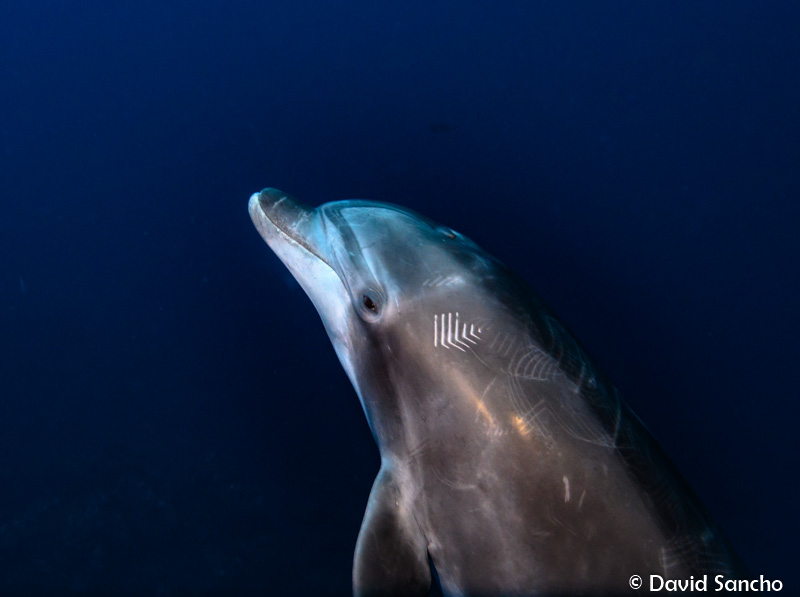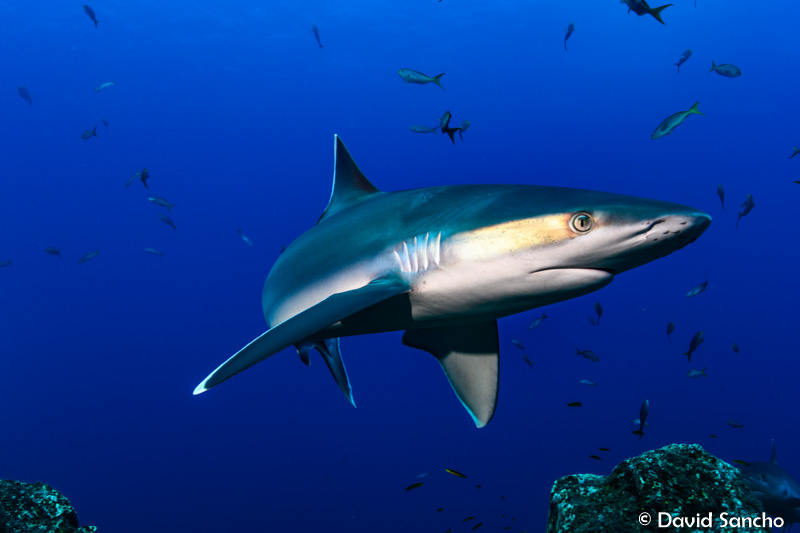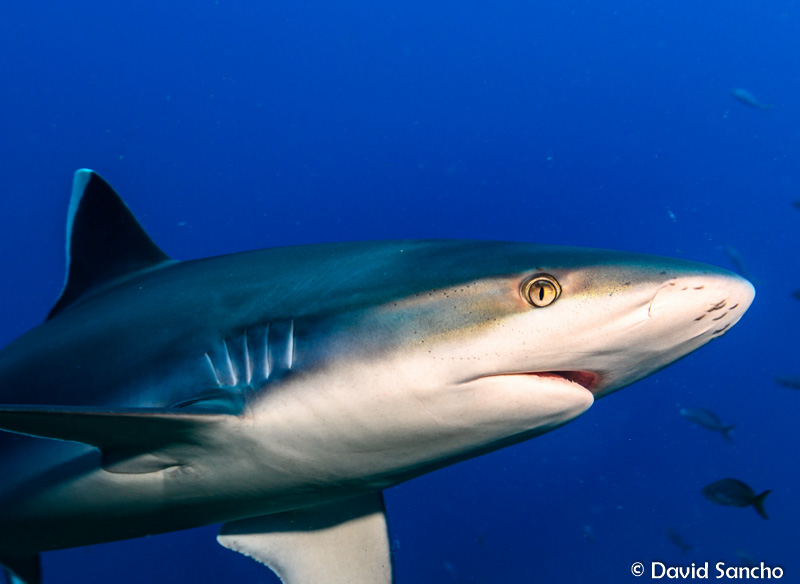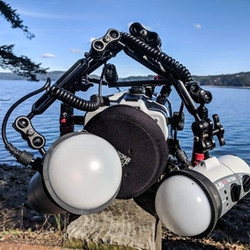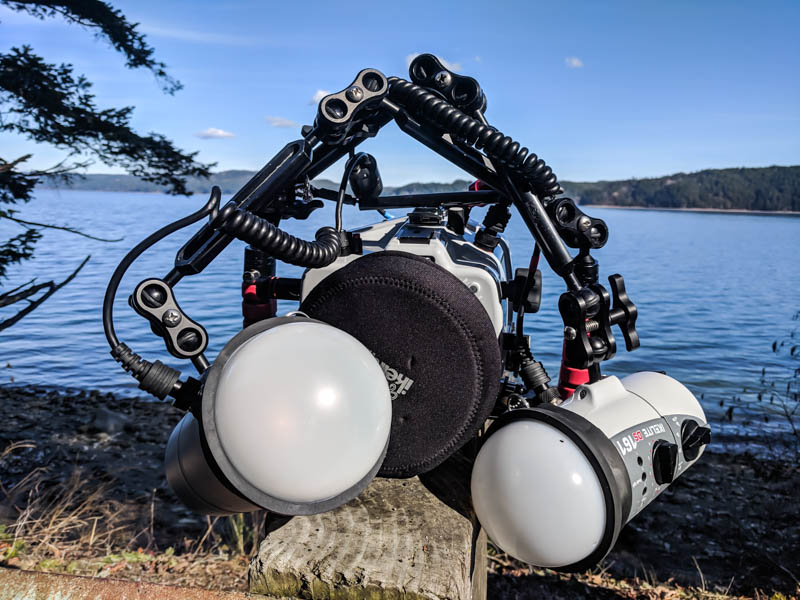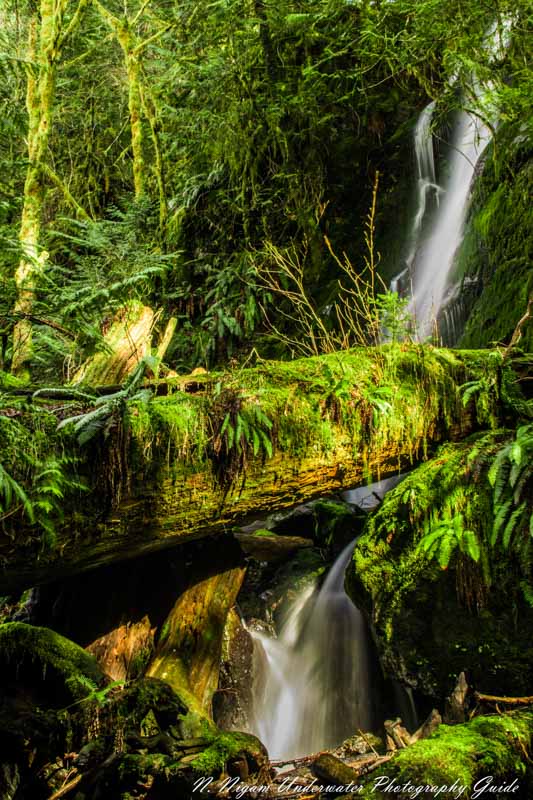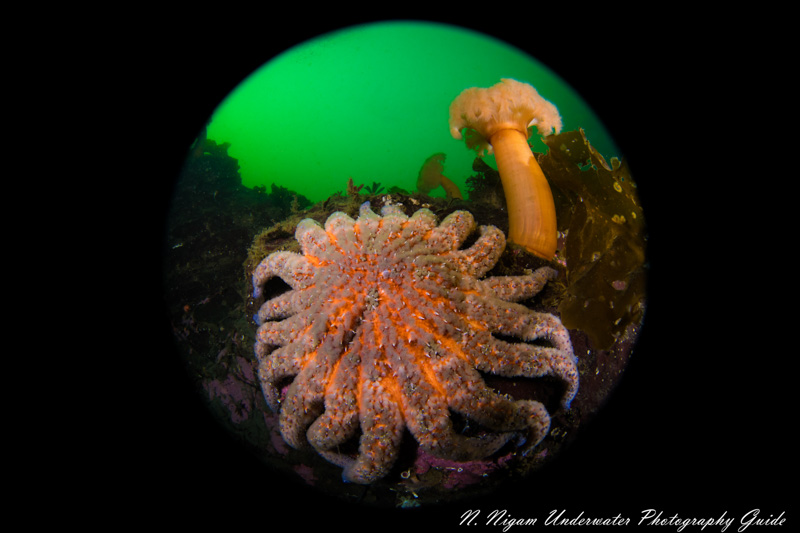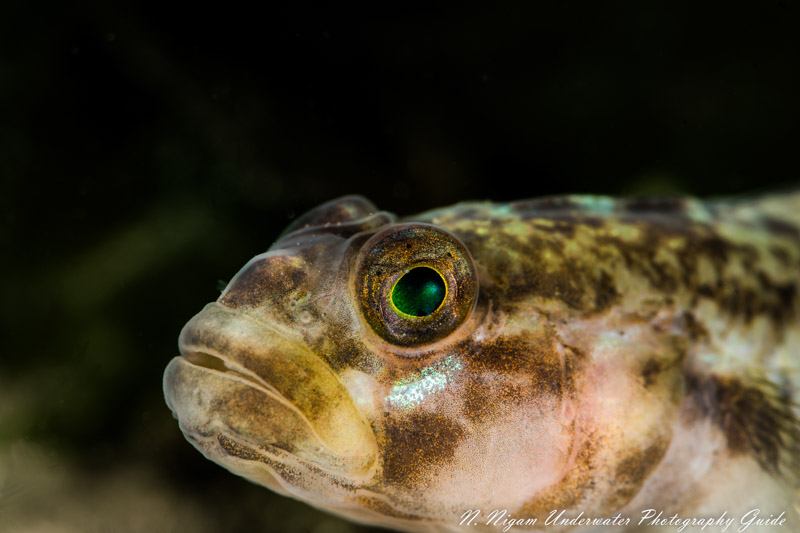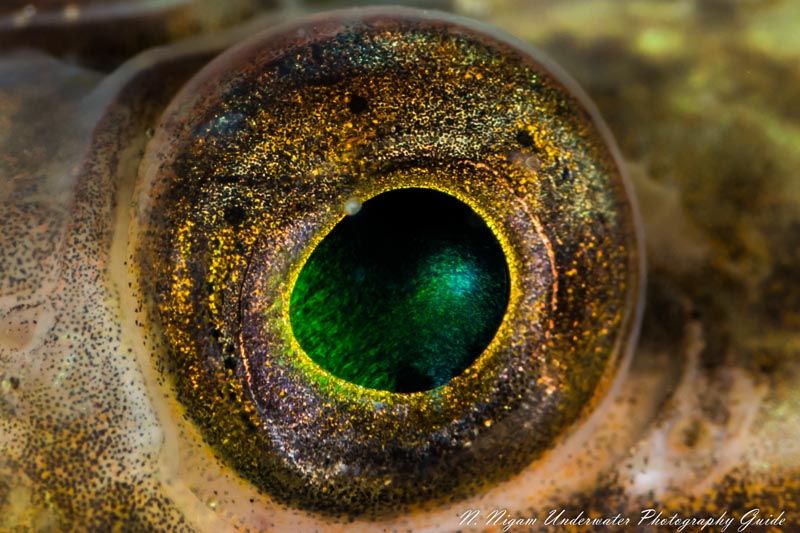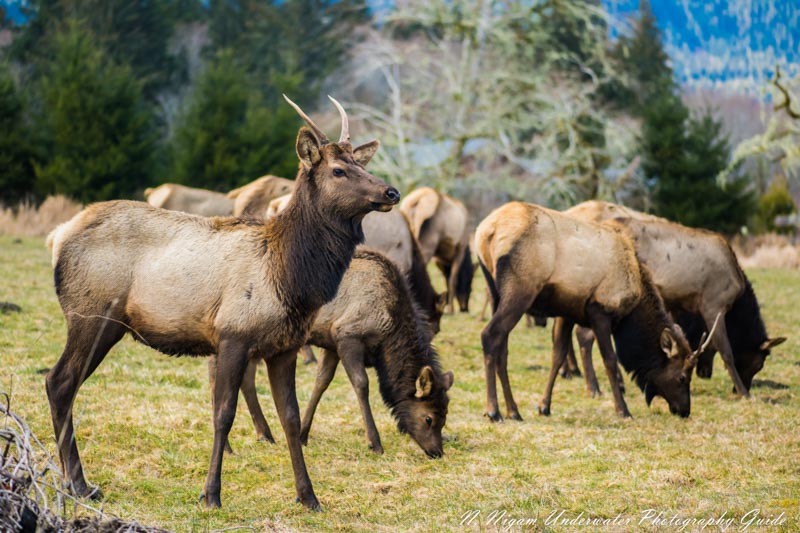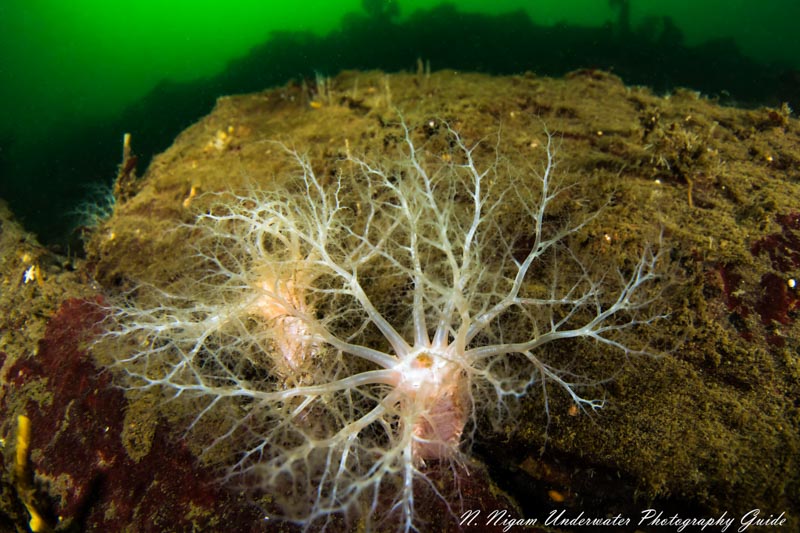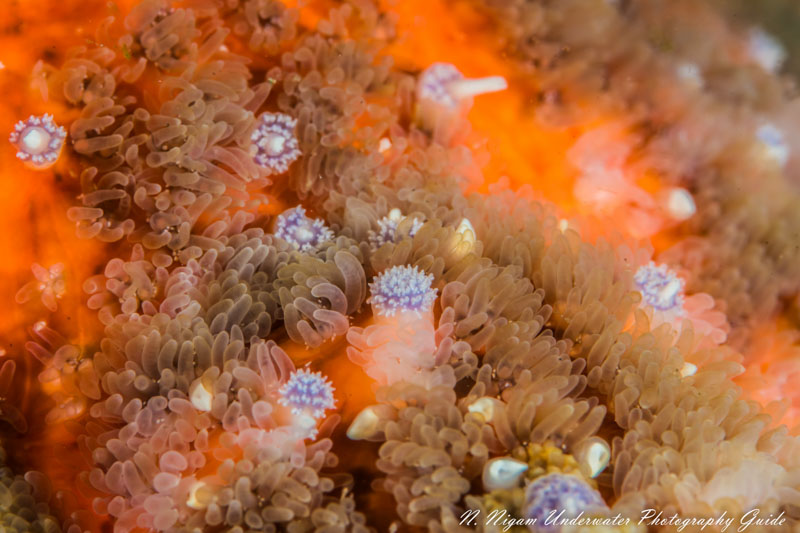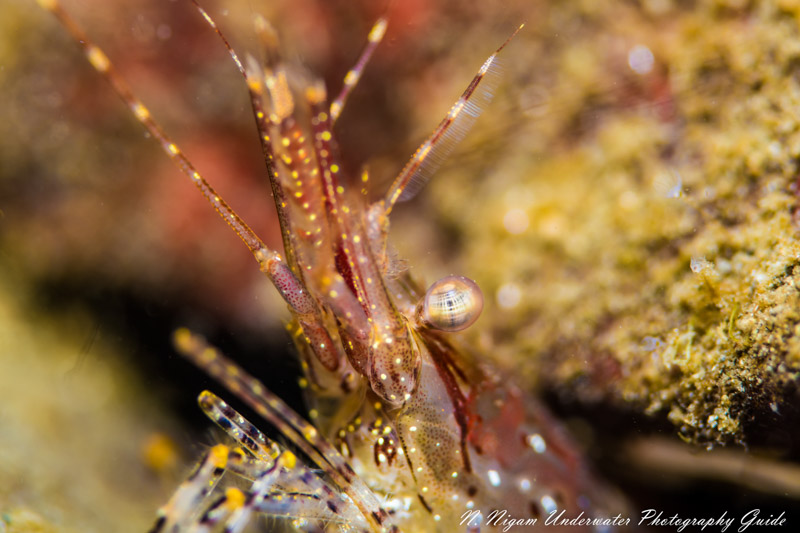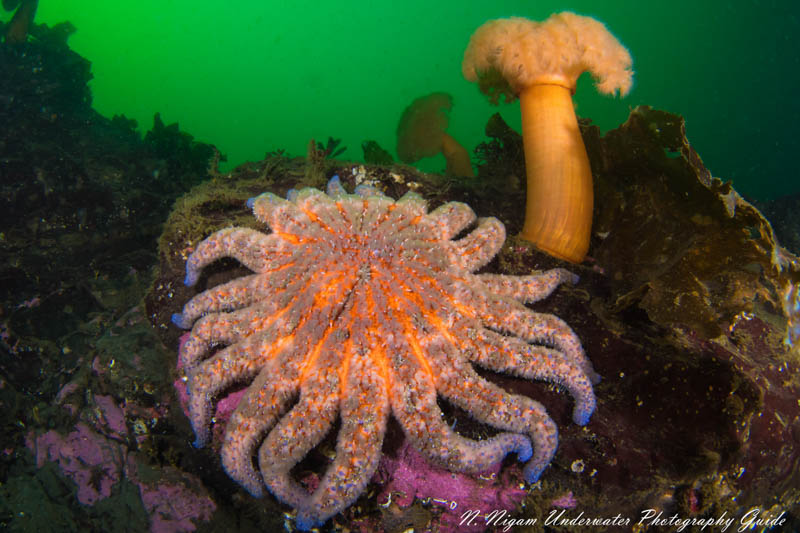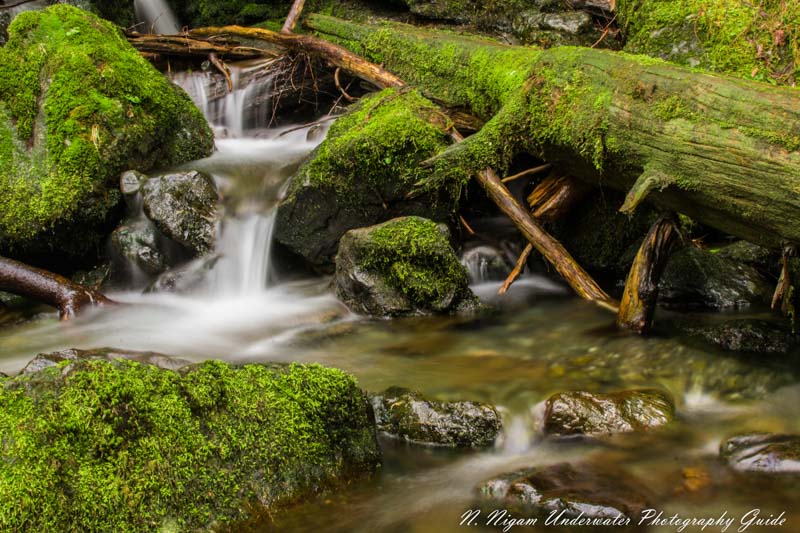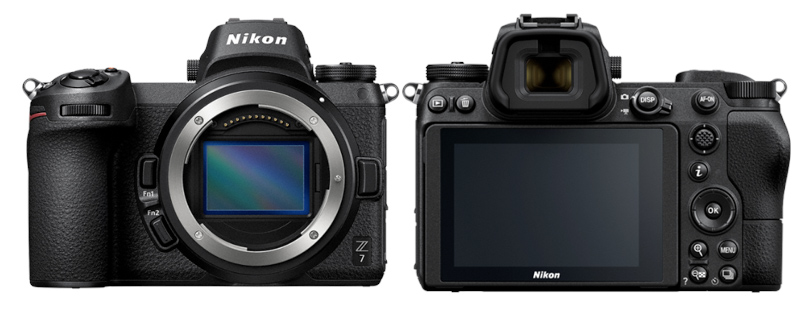Nikon Z7: First Impressions from an Underwater Weekend
March 13th, 2019
My weekend began with a pleasant surprise – there was a Nikon Z7 and Ikelite housing sitting at my doorstep, ready to be taken out diving! As one of the most important camera releases of the year, I had high hopes for Nikon’s new flagship full-frame mirrorless camera. With additional releases of the Canon EOSR and Panasonic S1/S1R full-frame mirrorless cameras, I admit my head is beginning to spin with all the new options, features, and dreams of an increasingly nitpicky community of photographers. With much controversy surrounding the release of the Nikon Z7 – like whether or not its performance could live up to other full-frame mirrorless cameras and the similarly priced Nikon D850 – I was itching to take it underwater.
Nikon Z7 in the Nikon Z7 Ikelite Housing with Dual Ikelite DS-161 strobes
Topside Tests
This weekend in Washington’s beautiful Olympic Peninsula was great for pushing the camera to the limits of its capability. I spent Saturday driving through forests, beaches, rain, hail, and sunshine. First I spent some time testing the Z7’s low light performance and low ISO capability with scenic rainforest waterfalls. Shortly afterward, I was fortunate to get a chance to test the autofocus capability with some elk. From there I went to a sunny sunset at the beach to test the Z7’s dynamic range.
Waterfalls images showed excellent dynamic range capability with the Nikon Z7.
Underwater Tests
On Sunday I took the Nikon Z7 diving with an Ikelite Z7 Underwater Housing, dual Ikelite DS-161 strobes with a DL1 DS Link Nikon TTL converter, and an Ikelite 45 degree viewfinder. For wide-angle I shot with a Nikkor 8-15mm (circular) fisheye lens and a Ikelite compact dome port. For macro I shot with a Nikkor 105mm f/2.8 macro lens and a Ikelite macro port. Both lenses are the original Nikon F-mount and not the new Z-mount lenses. Conditions were abysmal with 5-10 ft of snotty visibility and lackluster life in an anoxic Hood Canal…..perfect for testing a camera! Thankfully I forgot my focus light and really got to take the Z7 to the extremes of its lowlight potential.
A sunflower star in low light conditions with the Nikon Z7 and Nikkor 8-15mm fisheye lens. 1/200, f/8, ISO 400, 8mm.
My final verdict? The Nikon Z7 might just be my new favorite camera! Here’s why:
What Performed Well
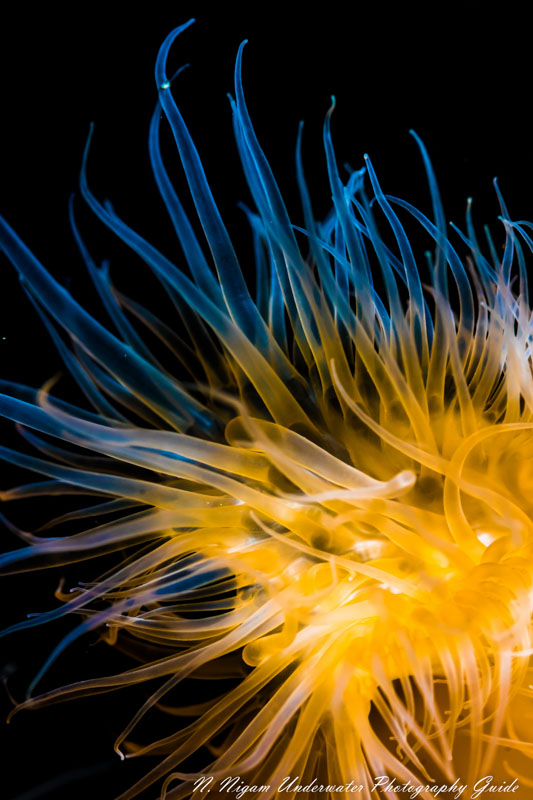
Image Quality
It quickly became clear to me that the image quality on the Z7 is just unstoppable. At first you might think that 45.7 MP is more than enough pixels in one camera. Well, I quickly realized that it was just the amount I needed. When you have these many megapixels on a full-frame sensor, your left with an almost unreasonable ability to crop your photo and produce a large, beautiful image of the most minute details. Take the image below of this black-eyed goby and a 100% crop of the same image. Even the color pigments in the skin are of the highest level of detail. Detail like this will open new world’s for macro photographers. It’s like having a portable microscope.
Black-eyed goby with the Nikon Z7 and Nikkor 105mm lens - 45.7 MP. 1/125, f/16, ISO 160.
The detail in a 100% crop of the eye of a black-eyed goby from the image above.
I also like the auto white balance on this camera much better than the auto white balance on the Sony A7R III. I know white balance is a secondary thought for many people, but I found that with some of my photos with the A7R III, even post processing didn’t make the difference I desired. The Nikon Z7 produced accurate colors every time.
Autofocus
The autofocus on the Z7 has been given quite a bad wrap on the internet. I think it’s unwarranted. Overall, I found the autofocus underwater to be better than the Sony A7R III and potentially slightly worse than the D850. And I personally thought that the different between the AF on the Z7 and D850 was so small, it could only make a difference in a 0.5% of the shots I took. What impressed me so much about the Nikon Z7’s autofocus was its performance in lowlight. I was 50 feet deep, with 5 ft of whale snot viz, at sunset, without a focus light, and the AF locked in quickly and easily on every shot. The only thing it struggled with was a small cave (also without a light)!
I do recommend using larger focus point options like the wide-s AF area if you are working with quicker subjects. There are so many autofocus points on the Nikon Z7 that it can take a while to hunt for the right point if you’re using a single AF point. On the flipside, it’s great to have 90% AF focus point coverage on the Z7.
Quick auto focus help captured the movements of these elk in the Quinault Rainforest
Excellent Build
The most enticing thing about this camera is the build. It’s excellent. The weather sealing seemed tough enough in the variable weather conditions I experienced – no problems there. But the important thing for me was that the Z7 was much smaller and lighter than the D850 (675g vs 1005g). If I’m traveling or diving, the Z7 hands down wins every time.
My biggest complaint with the Nikon D850 was always that it was just to big underwater. In a sense, my dive would be impeded by the effort of lugging the thing around. But the Nikon Z7 in the Ikelite housing was a breeze to handle, even from shore. I experienced excellent trim with the Ikelite housing as well – something that the company put a lot of thought into.
FTZ Adapter
The FTZ adapter allows for traditional Nikon F-mount lenses to be used with the Z-mount. It makes the set up a fair bit bulkier, but the capability of using a huge assortment of F-mount lenses is a lifesaver. There just aren’t any good Z-mount lenses out yet.
Close focus wide angle of two sea cucumbers with the Nikon 8-15mm fisheye (f-mount lens). f/8, 1/200, ISO 400, 15mm
The Z-Mount?
Theoretically the new Nikon Z-mount should be an improvement to the camera. It’s wider which allows for more light and the possibility of an ultra-fast f/0.95 lens. But this hasn’t happened yet…. As of today there are only three Z-mount lenses out and none of them are super appealing for underwater photography. Read more about Nikon's Z-mount system to see what makes it different for yourself.
What Has Room to Be Improved
Image Quality
Don’t get me wrong, the image quality with the Z7 is amazing. One small complaint I had about the system was the level of noise. There’s definitely more noise than what is desirable, even at low ISOs (without using the NR function). However, this is entirely due to the fact that there are so many megapixels stuffed onto the sensor. Because the grain is so small, the noise is very easily removed in post processing. So this could even be seen as a positive for workability.
The skin of a sunflower star taken with the Nikon Z7 and a 105mm Nikkor lens. 1/125, f/25, ISO 160.
Dynamic Range Performance
The dynamic range leaves a bit to be desired compared to the D850. In very low light situations, like diving in the Pacific Northwest, underexposed areas can have slight, barely noticeable banding. This is due to the phase detection autofocus points. In most topside photography this wouldn’t be a problem. But in underwater photos with large dynamic range, it can be.
There is slight banding in this photo of a metridium anemone due to the large dynamic range. Banding is caused by the phase detection autofocus points - a phenomenon in many mirrorless cameras. 1/200, f/11, ISO 400
Autofocus
Unfortunately, Nikon did not migrate their 3D tracking Auto Focus mode from the D850 to the Z7. This was a great tool for a lot of both wide and macro photography. The Z7’s continuous mode doesn’t perform as well as hoped either. But don’t get me wrong, it’s still great. If I was really into shooting fast moving subjects, such as with a lot of pelagic animals, I might consider the Nikon D850.
Photographing small animals, like this coonstripe shrimp will be harder with the Nikon Z7 due to the lack of an auto focus tracking mode present in the D850. 1/160, f/7.1, ISO 160
Lens Selection
As I mentioned before, lens selection for Z-mount lenses is limited to three lenses that have little underwater use. I’m optimistic for the future of these lenses, but for now I’m content to use F-mount lenses underwater with the FTZ adapter.
Battery Life
The battery life isn’t great. With normal usage I think I would be fine using the camera for two dives, and maybe even a third. It’s definitely a good idea to have a spare battery with this camera.
Single Card Slot
I have mixed feelings about a single XQD card slot. XQD cards are expensive, though they are quicker at processing photos. So this is a progressive move, but it would be nice to have an SD card slot as well, like with the D850.
Should I invest in the Nikon Z7?
Nikon Z7 with Nikon 8-15mm fisheye lens. f/8, 1/200, ISO 400
Overall, I think camera ecosystem is worth the investment. As manufacturers have slowly begun to focus on very high-end mirrorless set ups, full-frame mirrorless systems are where much of the innovation in photography will likely be. With an FTZ adapter, Nikon has introduced a nice way to transition high quality F-mount glass options to the new system of Z-mount glass. With potential for f/0.95 speed lenses, Nikon has set itself up for success, even if it isn’t here yet. If you are an underwater photographer looking for the very best, I don’t think you could go wrong with this camera. If you are a professional underwater photographer looking for a smaller system, this could be it. If you are an amateur looking to upgrade, I think this should be a serious consideration as you will have the best tools at your disposable for a light build. But if you’re on a bit of a budget, I would look at the Nikon Z6 which has a lot of the same specs with a smaller sensor size of 24.5 MP for a much smaller price. Would I switch from the D850 to the Nikon Z7? Probably not – they’re a bit to similar of a camera at a similar price point.
Conclusion
Overall, I was blown away by the performance of this camera – both topside and underwater. It’s smooth ergonomics and usability opens access to spectacular low light performance, image quality, image stabilization, video, and autofocus. I went into this weekend being skeptical of this cameras performance from the reviews I read online. But I truly believe the Nikon Z7 is the start of a new generation of cameras that will put anything made in the last decade to shame. The images speak for themselves. This is my new favorite camera.
Happy Bluewater customers have been taking the Nikon Z7 Underwater. Check out these awesome photos from David Sancho:
Photographed in Socorro, Mexico by David Sancho. Nikon Z7 in a Nauticam Z7 Housing, Nikon 16-35mm F4 VR lens, 8-inch dome port, dual YS-D2J strobes, Nauticam TTL converter. f/8, 1/200, ISO 200
